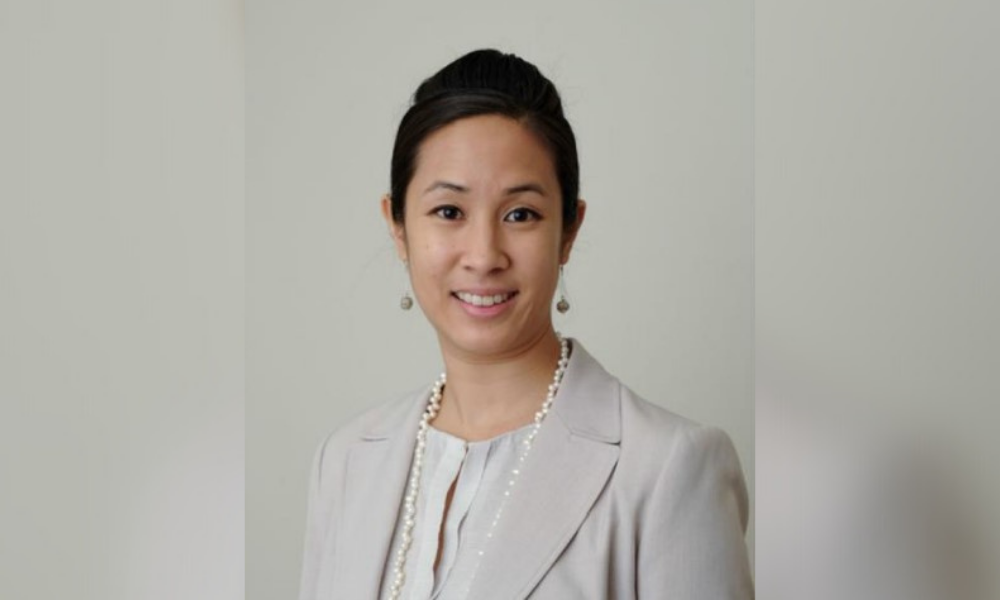Women in ETFs seminar on 'Debunking Investments' offers advisors starting point to onboard clients who may have only used robos

The pandemic has seen many new, younger investors learning about the financial world, and one big question is how advisors can capitalize on that.
“A lot of people have moved to online platforms. There are a lot webinar seminars, and you can sell to the people who are just trying to learn,” said Rebecca Sin, an ETF analyst on Bloomberg’s intelligence team in Hong Kong.
Women in ETFs (WE) is hosting a seminar on “Debunking Investments: 5 Simple Steps to Better Returns” in Hong Kong on October 21. It’s offering some basic tips that advisors can share with new clients.
Wealth Professional talked to the organizer, Sin, who co-heads WE in the Asia Pacific, but has also worked in London and Tokyo and been a portfolio manager, and Marilyn So, deputy head of Stashaway Hong Kong to see what they’re recommending advisors share.
Stashaway is one of the leading robo advisors in Asia and Dubai with more than $1 billion in assets under management. It’s not available in North America, but its staff will present at the WE event, which will be live in Hong Kong and on Zoom elsewhere. The recording will be available after since the event will be held at 5 p.m. in Hong Kong and 5 a.m. Eastern Daylight Time.
The five simple steps to better returns that WE Hong Kong and Stashaway’s have suggested advisors share with new clients are:
- Asset allocation: With equities, bonds, commodities, real estate, and different ways to get exposure, Sin said “the asset class matters”.
“Often, 90% of your return is a result of which asset class you invest in and not what you invest in,” she added. “This helps to plan your investment strategy, which is key.”
- Risk assessment: How much risk can your client take – both emotionally and financially?
“You have to teach people about different asset classes and the risks associated with these asset classes,” said So.
“Review your time frame and risk tolerance,” added Sin. “This varies by individual and there is no set answer or recipe. One solution does not fit all. A 35-year-old who’s starting a family will have a very different risk profile than a 70-year-old, who is retiring, and this factors into the investment decision.”
- Diversification: “Diversification is basically the only free lunch there is in investing,” said So, “because you can get better returns just by diversifying your portfolio.”
Sin added, “ETFs are wonderful because they’re broad based and track an index. This greatly reduces the single stock exposure, thus creating a safer portfolio. Diversification helps investors manage risk and reduce volatility. If one investment does poorly, your losses will be limited.”
“With a very diversified portfolio, you actually can lower your risk while enjoying high returns as well,” said So.
- Fees: “When you look around different investment options, you really have to pay attention to the hidden fees that are on different platforms because that’s what really eats into your returns over the long-term,” warned So.
“A lot of advisors often screen ETFs based on size of ETFs and management fee,” added Sin. “So, they’ll pick the largest ETF with the lowest cost, and that’s a good starting point, especially now with 10,000 ETFs out there. But, depending on who the investor is, there may be better alternatives and the performance varies drastically, as well.”
“The ETF selection does matter as much as asset allocation,” said Sin, “because you can get anything from 50 basis points to 2% in performance difference just by selecting the right ETF. I think a lot of advisors don’t know that.”
She noted it’s important to look at what dividend stocks pay (2%) versus tax (from 0% for synthetics to 30%) withheld before it’s paid.
“Whether its transaction, management, entry or exit fees, there are fees all around,” added Sin. “The compounding of fees can have a significant return on investors. Consider where you put your money. Even in ETF selection, there are many ETFs with the same underlying, but different, fees. For instance, SPY US is 9.5bps vs IVV US or VOO US which is 3bps.”
- Market Timing: So noted that in Hong Kong, “people have a very ‘tradie’ type of mentality to investing, even though trading is very different to investing.” So, encourage people to get into the market when it’s at the cheapest, not at its peak, then leave their money in.
“The difference between trading and leaving your money is a real difference,” she said.
“It is impossible to time the market so consistency matters, regardless of the amount,” added Sin. “A lot of people sit in cash – 46% of financial wealth in Asian sits in cash – which means that a lot of it’s very inefficient, and just by this compounding effect, over ten years, it does add up. It is better to invest $100 a month than to put $100 into a saving account due to the compounding return effect. Slow and steady wins the race!



